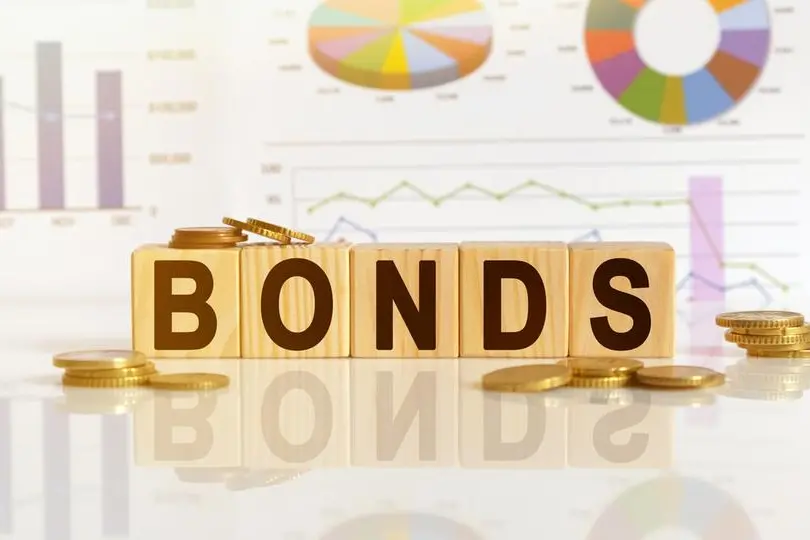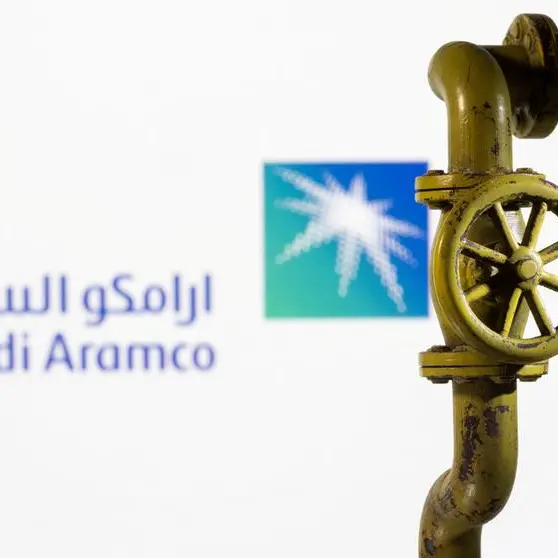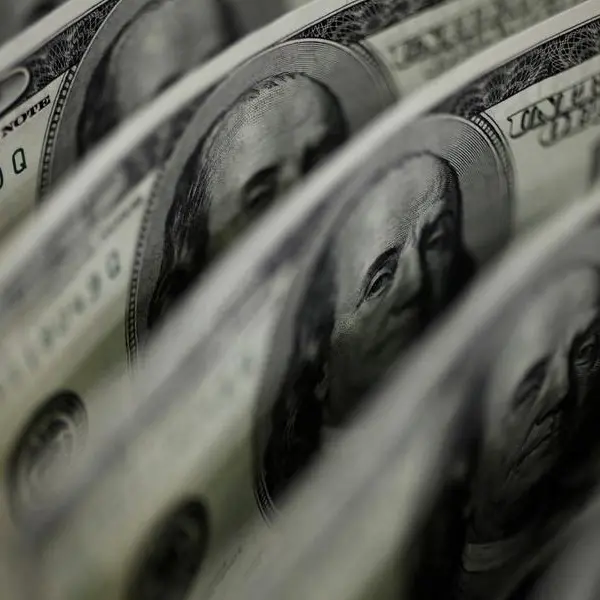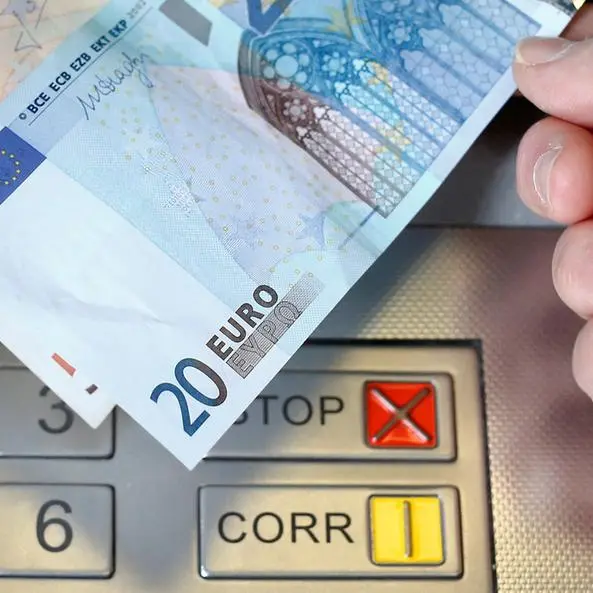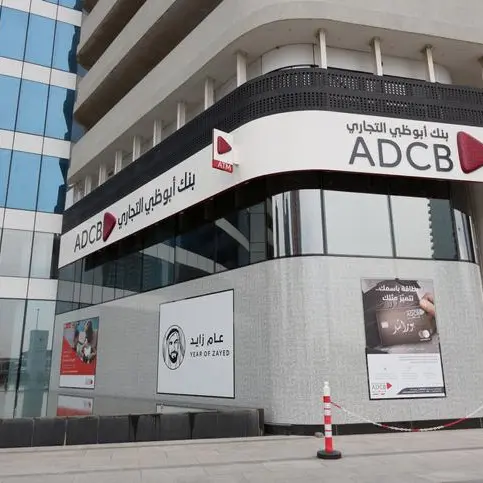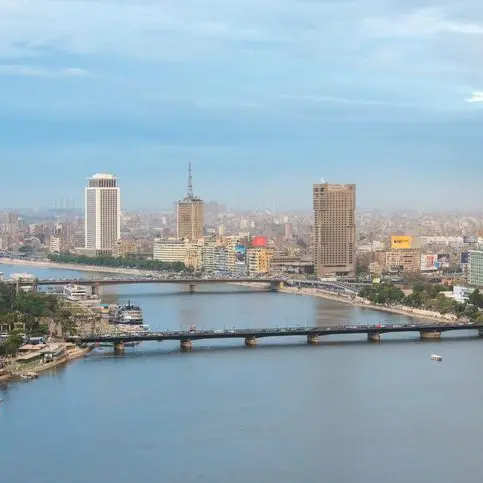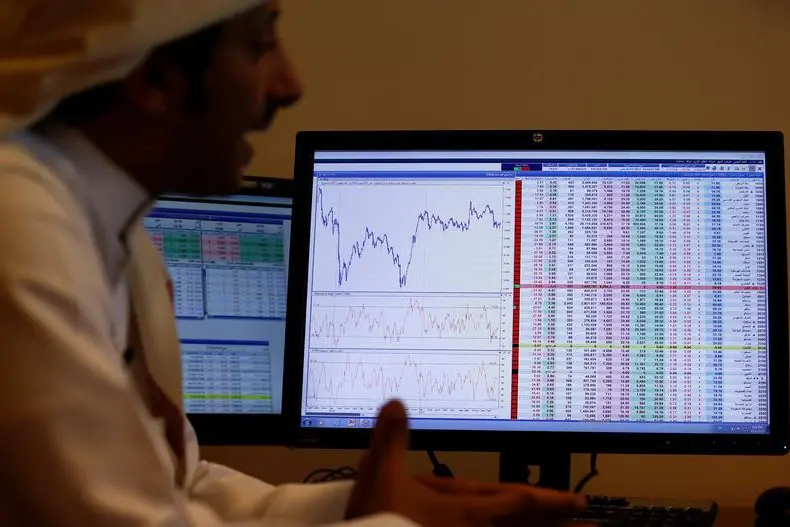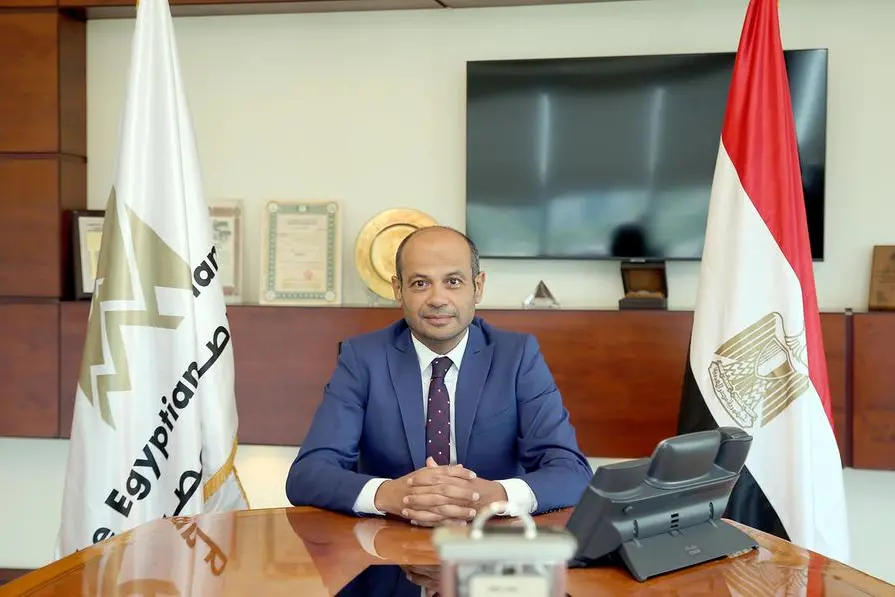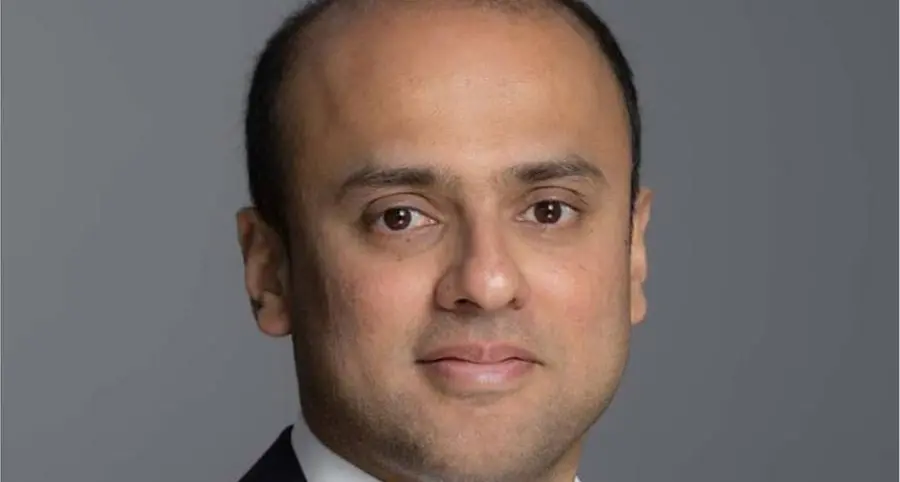PHOTO
Bonds the word on wooden cubes, cubes stand on a reflective surface, in the background is a business diagram. Business and finance concept. Image used for illustrative purpose. Getty Images
West African development bank BOAD's deliberate approach to its first public hybrid paid off, with the bonds trading up a quarter of a point on Friday after they were free to trade in what will be a big boost to an emerging asset class that has struggled to deliver for investors.
The US$500m 30-year non-call five sustainability bond offering was only the third public hybrid by a supranational issuer following last year's market opener by African Development Bank and last month's issuance by Africa Finance Corporation. However, neither of those two deals have traded well, with the AfDB hybrid bid more than three points below reoffer and the AFC bond nearly two points off, according to LSEG.
The pressure was therefore on BOAD, or Banque Ouest Africaine de Developpement to give its full name, to execute a deal that will hold long-term appeal to investors and give encouragement to other would-be issuers.
BOAD is more akin to AFC than AfDB in terms of credit profile. The latter is a mainstream SSA issuer and had to identify a completely different investor base for its hybrid compared with its senior debt offerings.
AFC is more a traditional EM issuer. As such, the buyers of its US$500m perpetual non-call 5.25-year hybrid were predominantly the same investors as those in its senior bonds, which to some degree made it an easier proposition to sell, albeit accounts needed to be comfortable with the structural risk. AFC, however, squeezed hard on both price and size even though it only got a relatively small book of about US$760m.
With that in mind, BOAD adopted a much more careful strategy to encourage real money investors to participate, which included both holders of its senior bonds but also some new accounts, and provide a platform for the hybrid to perform.
"We were not just relying on the senior investor base, but engaging with investors that are looking at this product," said a banker involved. They include buyers of capital products, which can invest beyond FIG subordinated debt, and multi-asset funds, as well as dedicated EM and Africa investors.
In order to engage them, though, the pricing strategy had to appeal. Both the AfDB and AFC bonds came tight versus their respective senior curves. BOAD's leads were more conservative. At IPTs of 8.875% area, the hybrid was about 220bp–230bp back of BOAD's senior curve – the development bank has October 2031s, which are trading in the mid-6s.
By offering that bit more spread, books grew to US$1bn, which then enabled the leads to tighten to a final yield of 8.5%. That was about 200bp back of BOAD's senior curve compared with the 162.5bp pickup that AFC offered when it priced its deal at 7.625%. The final book was more than US$1.4bn, nearly double the orders that AFC got and that deal had an anchor investor.
One other difference with the AFC bond – and the AfDB one – is that while they were both perpetuals, the BOAD one is a dated hybrid, which is a more investor-friendly structure.
At the senior level, AFC is higher rated at A3 than BOAD, which is Baa1 stable from Moody’s and BBB negative from Fitch. Yet, both issuers' hybrids will have Baa3 ratings from Moody's. There isn't a Fitch rating on BOAD's hybrid, though it is expected to get 50% equity credit from both agencies.
BNP Paribas, HSBC, JP Morgan, SMBC and Societe Generale were the lead managers.
Although this was BOAD's first public hybrid, it's not the first time it has issued the instrument. A year ago it became the first non-Triple A multilateral development bank to raise hybrid capital through a US$100m private placement. That deal was fully subscribed by the Arab Bank for Economic Development in Africa.
In the deal's presentation, BOAD said it is implementing a US$600m hybrid bond issuance programme, with US$204m already secured.
Source: IFR
